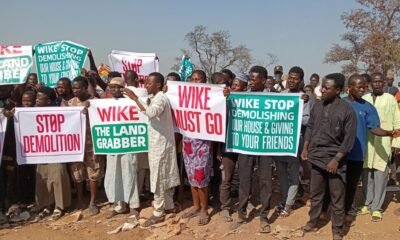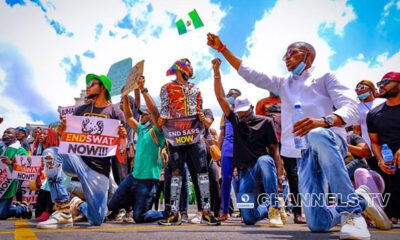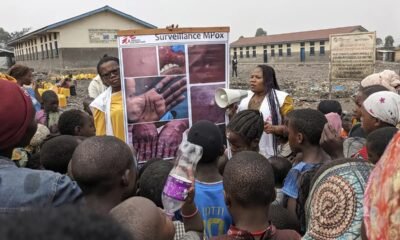News
The 7 Poorest States In Nigeria: Understanding Economic Struggles and Challenges

When it comes to the economic landscape of Nigeria, there are stark disparities between the different states.
While some states thrive with robust industries and a high standard of living, others face significant challenges in terms of poverty and underdevelopment.
In this article, we will explore the seven poorest states in Nigeria, shedding light on the factors that contribute to their economic struggles.
1. Sokoto
Sokoto is often regarded as one of the poorest states in Nigeria. Located in the northwestern part of the country, Sokoto faces numerous socio-economic challenges.
The state has a high poverty rate, limited access to quality education and healthcare, and a lack of infrastructure development. These factors contribute to the overall economic struggles faced by the people of Sokoto.
Read also: Top 7 States for Federation Allocation In Nigeria
2. Kebbi
Kebbi is another state in Nigeria that grapples with poverty and underdevelopment. Despite its agricultural potential, Kebbi faces challenges such as inadequate irrigation systems, limited access to credit for farmers, and a lack of investment in agro-processing industries. These factors hinder the state’s ability to fully harness its agricultural resources and contribute to its economic struggles.
3. Zamfara
Zamfara is known for its abundant mineral resources, particularly gold. However, the state’s economic potential remains largely untapped due to several factors. These include insecurity, limited infrastructure, and a lack of investment in the mining sector. These challenges have contributed to Zamfara’s classification as one of the poorest states in Nigeria.
4. Katsina
Katsina, the home state of Nigeria’s current president, Muhammadu Buhari, faces significant economic challenges. The state has a high poverty rate, limited access to quality education and healthcare, and a lack of industries that can provide employment opportunities for its residents. These factors have contributed to Katsina’s inclusion in the list of Nigeria’s poorest states.
5. Adamawa
Adamawa, located in the northeastern part of Nigeria, has been severely affected by the Boko Haram insurgency. The conflict has resulted in the displacement of thousands of people, destruction of infrastructure, and disruption of economic activities. These factors, coupled with existing challenges such as limited access to education and healthcare, have made Adamawa one of the poorest states in Nigeria.
6. Gombe
Gombe, like many other states in northern Nigeria, faces economic challenges such as high poverty rates, limited access to quality education and healthcare, and a lack of industries that can provide employment opportunities. The state also grapples with inadequate infrastructure, which hampers its economic development. These factors contribute to Gombe’s classification as one of the poorest states in Nigeria.
7. Ebonyi
Ebonyi, located in the southeastern part of Nigeria, is also considered one of the poorest states in the country. The state faces challenges such as limited access to quality education and healthcare, a lack of industries that can provide employment opportunities, and inadequate infrastructure. These factors contribute to the economic struggles faced by the people of Ebonyi.
Conclusion
The economic disparities between the different states in Nigeria are evident, with some states facing significant challenges in terms of poverty and underdevelopment. Factors such as limited access to education and healthcare, inadequate infrastructure, and a lack of industries that can provide employment opportunities contribute to the economic struggles faced by these states. It is crucial for the Nigerian government and relevant stakeholders to address these challenges and implement strategies that promote inclusive economic growth and development across all states.



























